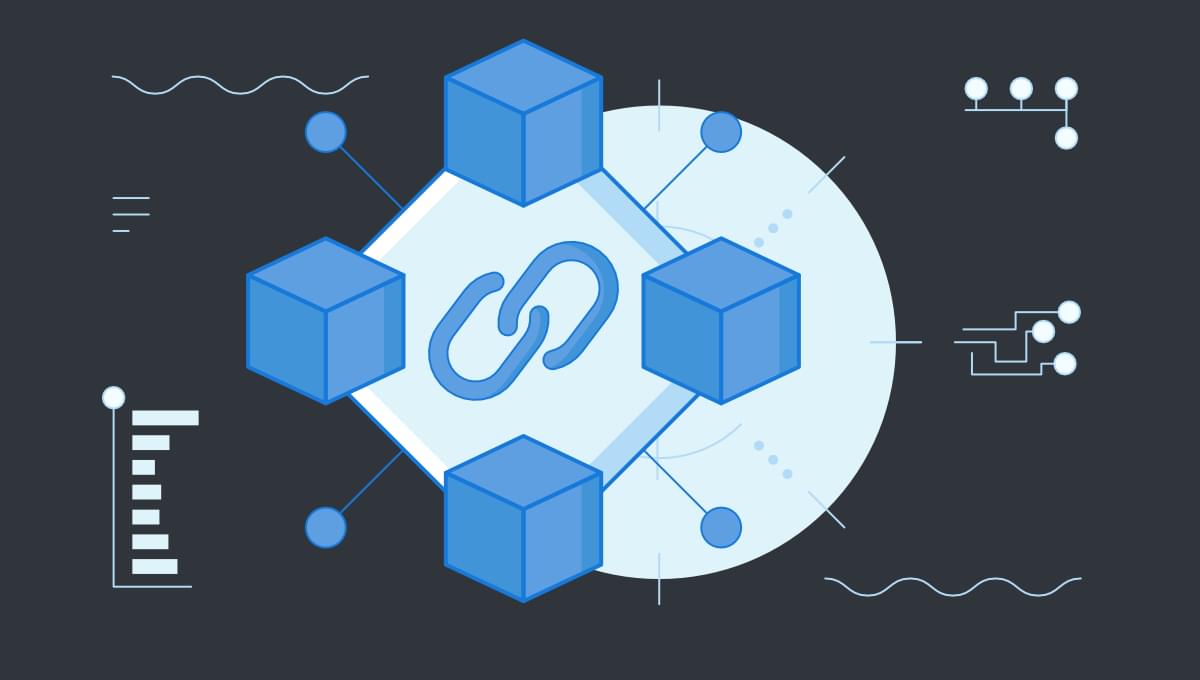
Micro frontends are an architectural approach to frontend development that has become increasingly popular. This could easily represent the future of frontend web development, and this is why learning the main benefits that such an architecture can bring to your applications and development team is critical.
My team and I have been using this approach for two years, and it’s time to share everything we have learned, as well as the most important reasons why you should start thinking about employing it in your next projects.
Let’s first study what the micro frontend architecture is and then dive into the five reasons to adopt it now.
What is a Micro Frontend Architecture?
Over the past few years, IT companies have begun to break large software into smaller, easier-to-manage chunks. The idea behind this approach is to have many services that can be developed, tested, and deployed independently.
This is what the microservice architecture is with regard to backend development. But the same approach can be applied to frontend development as well, and it’s named micro frontend architecture. On Martin Fowler’s official website, the micro frontend approach is defined as:
an architectural style where independently deliverable frontend applications are composed into a greater whole.
This architectural approach to frontend web development has become more and more popular because of the well-known pitfalls coming with the traditional monolithic approach. This is mainly because frontend software tends to grow rapidly, and when a monolithic architecture is used, everything gets far more difficult to maintain.
On the other hand, micro frontends give you the ability to achieve a less complex and cumbersome architecture. In particular, thanks to the micro frontend approach, you can split an entire application into small, independent parts. Each of them will then be implementable by different frontend teams, and even with different technologies. This ensures the same scalability, flexibility, and adaptability that comes with the backend microservice architecture. Moreover, this approach allows you to mix micro frontend components developed with libraries or different frameworks on the same web page.
So, it shouldn’t surprise you that micro frontends are now a trend in the IT community, and it’s an approach that’s being increasingly adopted.

5 Benefits of Choosing Micro Frontends Today
Developing with micro frontend has taught me what are the real strengths of this approach to frontend development.
Now, let’s look at the five most relevant reasons to use it, backed by my experience as a frontend developer who has worked with micro frontends for more than two years.
To create a balanced picture, this article will then be followed up by another piece on the most important five pitfalls coming with micro frontends.
Scaling up to multiple teams
The team I work with consists of developers with different backgrounds and skills. Some are experts in React, other Vue.js, or Angular. Some prefer to code in JavaScript, others in TypeScript. Initially, this represented an obstacle. The only solution was to find common ground, although this choice would have forced some devs to learn new technologies and lose their expertise. So, we looked for a solution and decided to adopt the micro frontend architectural approach.
Thanks to this, we were able to split the original team into multiple teams where everyone can express themselves at their best. This is because the different teams can make the best possible decision in terms of architecture, testing, and coding style based on the business logic they have to tackle. Plus, this approach inherently leads to code and style isolation, making each team independent of the others.
Micro frontends are also helpful in terms of the end result. This is what our team has learned after fully embracing this approach. In fact, having multiple small teams that are free to use the technologies they prefer means that they’re inherently less limited and consequently more motivated to write higher quality code.
Continue reading
5 Reasons You Should Adopt a Micro Frontend Architecture
on SitePoint.

